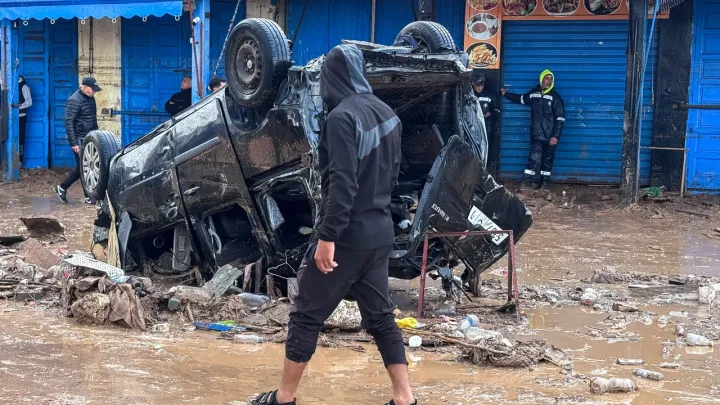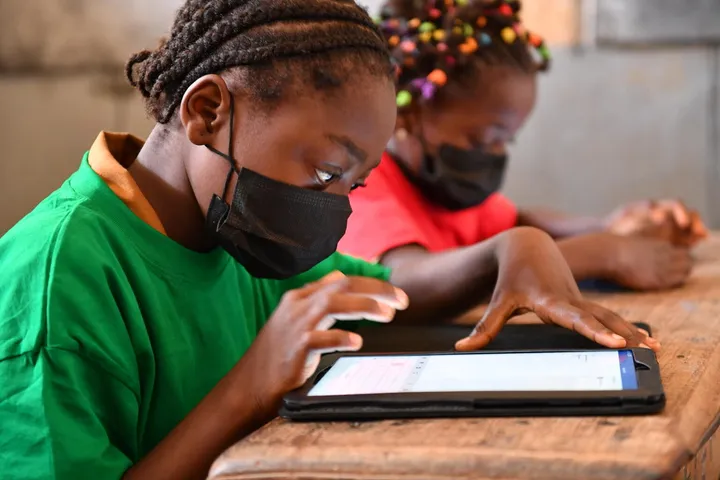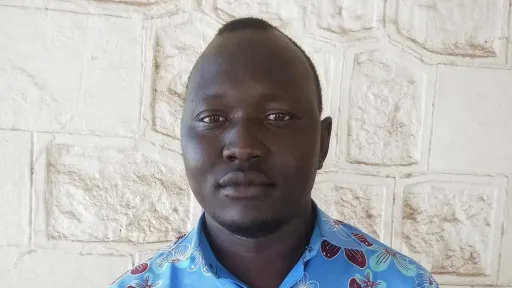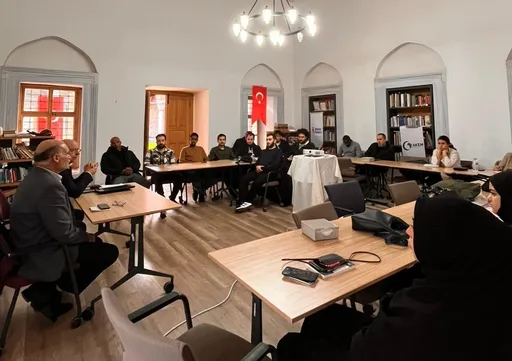Four memorials to the 1994 genocide in Rwanda of more than 800,000 people, mainly Tutsi, were added to UNESCO's World Heritage list on Wednesday, the UN cultural body said.
The sites at Nyamata, Murambi, Gisozi and Bisesero commemorating the mass killings were "just inscribed on the UNESCO World Heritage list", the organisation posted on X (formerly Twitter).
The four sites commemorate the genocide that targeted the Tutsi in large part but also moderate Hutus between April and July 1994.
Skulls, bone fragments, torn clothing and images of piled up corpses confront visitors to the Kigali Genocide Memorial in Gisozi, the final resting place of around 250,000 victims.
Each year more are buried as new graves are uncovered around the country, with remains also housed at a former Catholic church at Nyamata, a school complex at Murambi and a memorial at Bisesero built in 1998.
In addition to human remains, the sites also feature material evidence of the 100-day killing spree by Hutu extremist forces -- spears, machetes, clubs, and bladed weapons.
Three of the sites were themselves the scene of massacres.
At Nyamata, more than 50,000 people who had sought shelter in the church were slaughtered over a 24-hour period.
Its chapel now houses the clothing and the rosaries worn by the victims along with the weapons used by the perpetrators.
At Murambi, tens of thousands of people who were encouraged to take refuge in the technical school under the pretext of ensuring their safety were executed in one of the genocide's bloodiest episodes.
At Bisesero, a "resistance memorial" pays tribute to Tutsis who fought back with spears and stones as Hutu extremists murdered hundreds of people in the surrounding hills.
























